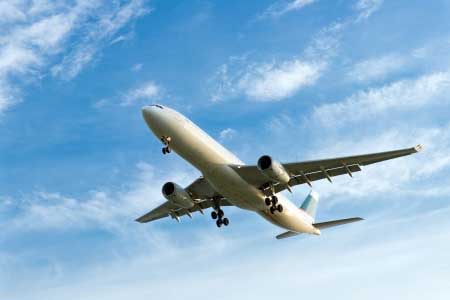
The constant mission to reduce pollution and produce more fuel efficient vehicles led to major research and development in the auto industry. Now all major car manufacturers have a hybrid vehicle in their suite of offerings.
With air traffic forecast to continue to increase there are demands for additional runways and extra services. This, of course causes conflict. Flight companies want to meet the needs of the consumers, but plans for increasing runways and flight services are meeting opposition due to the anticipated increase in noise and pollution.
Could there be a solution? Can we ever have quieter runways and less pollution? Siemens and Airbus think we can!
They have set themselves the mission of introducing a hybrid aircraft that can carry up to 90 passengers by 2035 – only 20 years away.
Their hope is to launch a hybrid aircraft that has a small jet engine combined with a battery and electric motor to drive the propellers. According to Siemens, such a craft could consume up to 50% less fuel than current aircraft.
However, there will be much testing and the aim is to prove the technology on a smaller aircraft first. So an electric motor weighing 50kg with a continuous power output of 260kw has been developed by Siemens. When used in conjunction with a small jet engine, this is enough power to fly a four seater aircraft with a take-off weight of 2 tonnes.
Talking about the hybrid design, Frank Anton, head of electric aircraft at Siemens said “A hybrid design would allow aircraft to receive an additional power boost from the battery during take-off and climb. Not only would this reduce the size of the engine needed for cruising, when the power demand is much lower, but it would also allow it to operate constantly at its most efficient speed. Overall, we would expect a reduction of fuel consumption of 25 per cent
He then went on to talk about the research of an electric aircraft called the e-Genius developed at the Institute of Aircraft Design at Stuttgart University detailing the impact of the size and speed of propellers when developing hybrid aircraft.
There is much research going on in this area, with Nottingham University also undertaking research alongside a French jet manufacturer as part of the Clean Sky programme.
It will be interesting to see the developments in hybrid aviation in the coming years and whether it can be scaled up to the levels where larger passenger planes could eventually be hybrid too. Will aircraft that currently carry hundreds of passengers to their holiday destinations ever be hybrid? What’s your view?
This site uses Akismet to reduce spam. Learn how your comment data is processed.


 Mail:
Mail: 




Leave a Comments